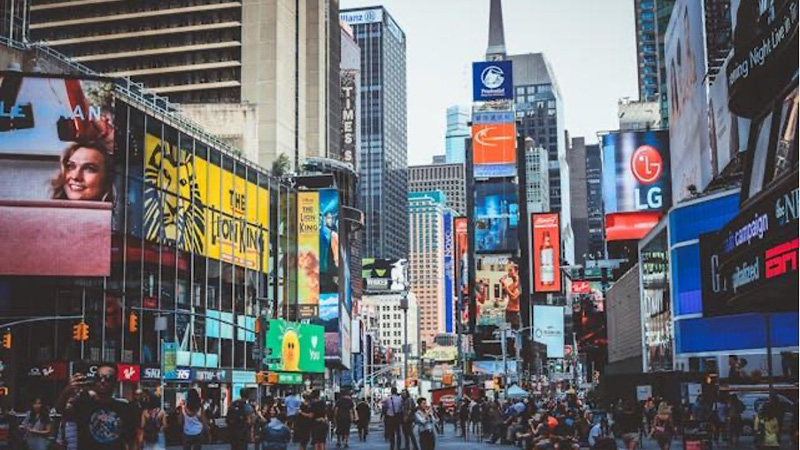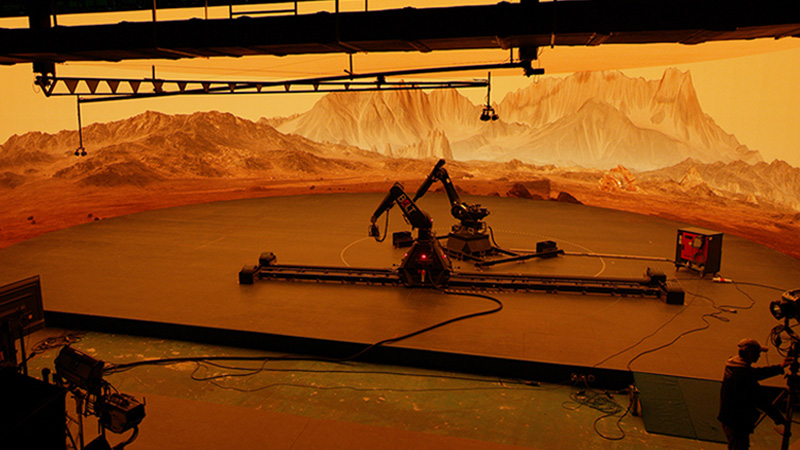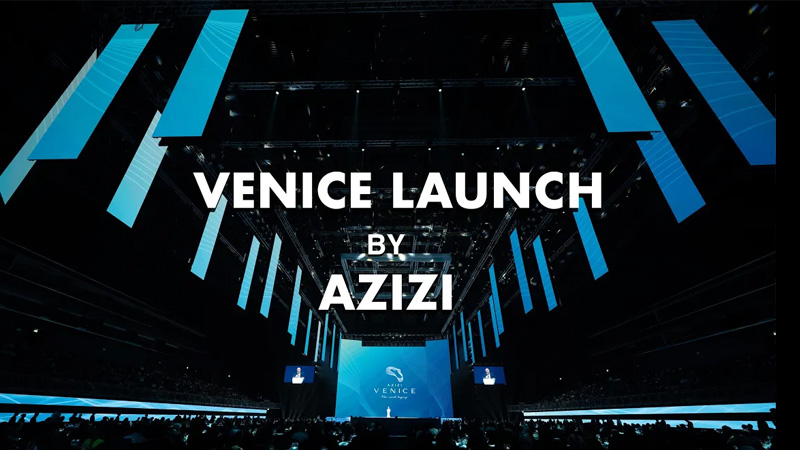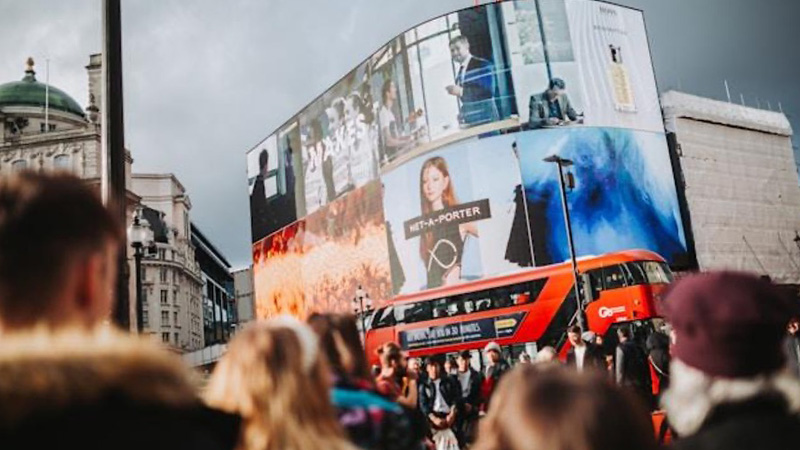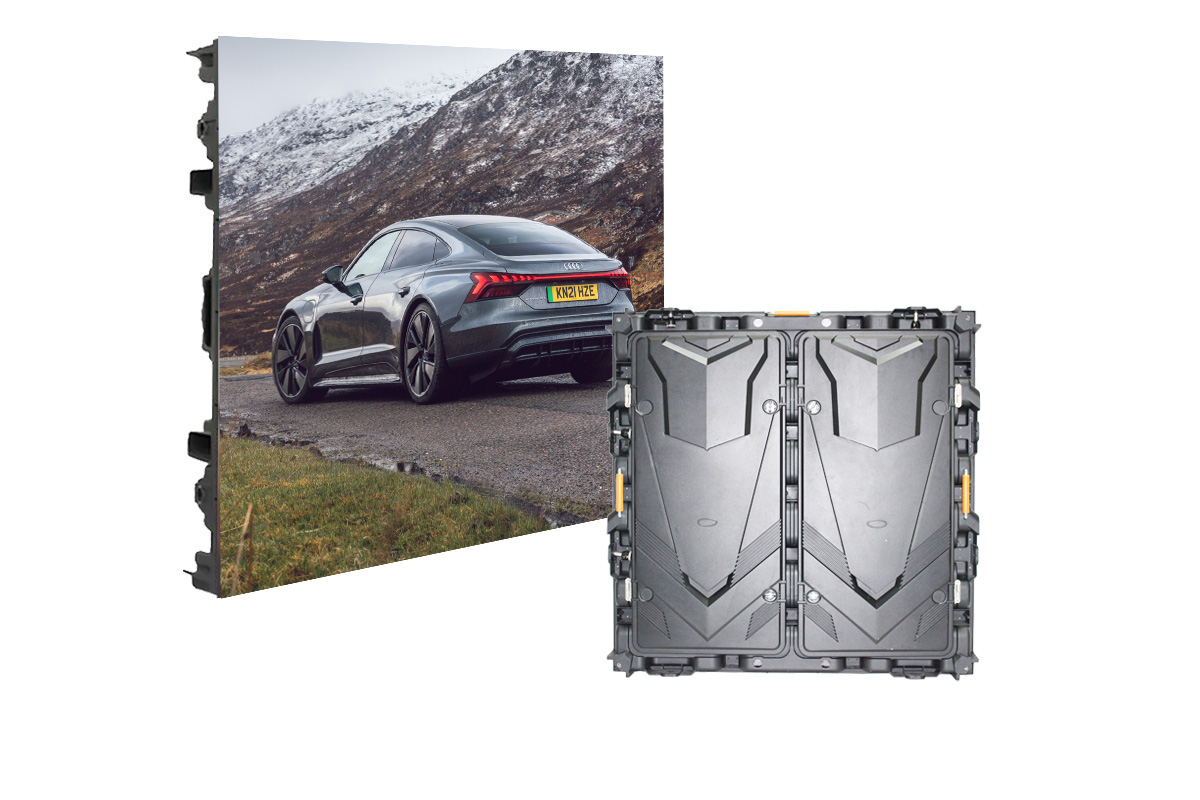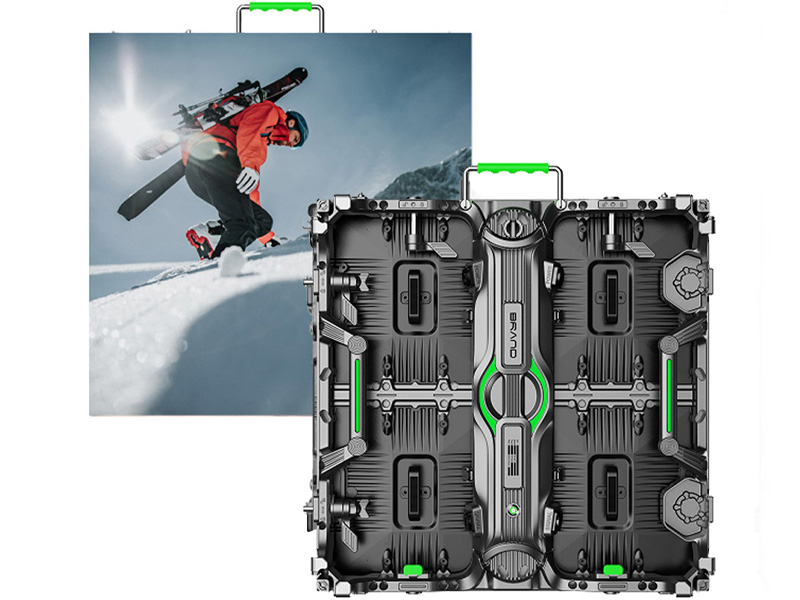The Role of Processors and Controllers in Designing Video Walls
From the crowded streets of Tokyo to the captivating displays in Times Square, we are all surrounded by video walls today. A video wall fills a blank, plain canvas with colors and immersive displays, but have you ever wondered what is behind the screen? Let’s read about how processors and controllers bring life to the video walls.
-
Components of video walls
- Displays
● LED Displays: They use light-emitting diodes (LEDs) to produce images and are known for their unmatched brightness, color accuracy, and wide viewing angles. However, they are expensive, and continuous maintenance is required as well.
● LCD Displays: In such displays, Liquid Color Display (LCD) technology is used along with a backlight that collectively emits light on the screen. The image quality and color accuracy are good but the viewing angle is limited and they are not as bright as the LED displays. However, it is a cost-friendly option, and no such maintenance is required.
● Projection Displays: This type of display requires a projector that projects the image on the screen or wall. It is ideal for situations where a screen cannot be installed, but a controlled lighting setting is required for functioning.
- Controllers
Controllers are responsible for receiving the video signals from the source and then distributing them to individual screens. These controllers ensure the content is uniformly distributed and synchronized to the screen. This is where the configuration, layout, and content of the video wall are controlled.
- Processors
The visual quality of the video wall is associated with the processors. The video wall processors do the manipulations and enhance the video signals before they are displayed on the video wall. They adjust the size of the pixels according to the resolution, ensure color consistency across the screens, process the inputs instantly, and make sure that the correct visuals are displayed on the screen.
-
Types of video walls
- Wall-mounted video walls
In such type, the video wall is directly installed in the wall, and multiple displays are arranged in a grid pattern to form a large display. They are commonly used in advertising spaces, retail, and command centers. Wall-mounted video walls are ideal for permanent settings.
- Free-Standing video walls
Contrary to the wall-mounted video walls, these are suitable for temporary setups like seminars, exhibitions, shows, events, etc. They need the support of stands or frames due to which you can easily relocate or reconfigure them.
- Interactive video walls
This type of video wall is integrated with touch-based technology or gesture technology that allows the users to interact with the content. As the engagers can feel the content, they are ideal for educational purposes or scenarios where customer engagement is required.
-
Ensures single distribution and management
The core responsibility of the video wall controllers is to display the video signals from the source device on the multiple screens of the video wall. It involves routing the input data from computers, media players, and cameras and then dividing it into multiple outputs depending on the number of screens in the video wall.
Controllers also ensure that the video input signals are displayed in top-notch quality without any lag and the pixel quality remains the same, even when handling high-resolution content.
-
Synchronizes multiple screens
As uniformity is crucial for a cohesive display, controllers make sure that the pixels are distributed equally, and continuously across the screen. They also eradicate issues like misalignment of the displays on different screens by coordinating the timings of the display.
Controllers are responsible for smooth transitions as well so that the entire display appears to be seamless and maintains visual uniformity by managing color accuracy.
-
Offers user interface and control options
Video wall controllers are the brains behind large, multi-screen displays. They provide the tools and interfaces to manage and control every aspect of the performance of video walls.
Both hardware and software settings can be managed with controllers. From adjustment and creation of the content layouts to diagnosing issues and making changes accordingly, controllers enable full-fledged monitoring.
-
Compatible with different screen types
Controllers need to be compatible with different screen types including LED, LCD, and projection displays so they can manage all kinds of display technologies. They can support multiple input and output interfaces such as HDMI, DVI, and DisplayPort. Because of such diversity, they can be connected to all kinds of display settings.
-
Functions of video wall processors
- Image scaling and processing
Processors in the video walls adjust the image according to the screen resolution and layout by amending the size of the images. They enlarge or reduce the size of the image until it matches the dimensions of the video wall.
Processors do all the amendments in the images without disturbing the aspect ratio so that the images don’t look stretched or compressed upon displaying on screens. With the help of the algorithm, processors improve the sharpness and clarity of the image to enhance the visual quality.
- Color correction and calibration
To have a consistent display, colors need to be distributed uniformly across the screens, and this is where processors come in handy. They adjust the color settings, brightness, saturation, and contrast of images in such a way that the overall display appears to be seamless.
- Data handling and processing
Apart from color adjustments and image scaling, processors also manage and process the live data from input sources. So, these are the warriors that make live broadcasting possible as they minimize the delays in data processing and ensure that the display updates timely.
-
Technical capabilities of processors
- Resolution support
A processor should be capable of supporting a wide range of resolutions ranging from 4K to 8K to accommodate a variety of content and display settings. If the processor fails to support high-resolution settings, the visuals will be distorted, and the image quality will be torn.
- Input and output options
To establish connections with different types of source devices and display technologies, it is crucial that the process has multiple input and output options. It should support input options like DVI, SDI, and HDMI and can process data for different screen configurations and sizes.
- Processing power
The ability of the processor to handle complex tasks and display top-quality visuals is directly associated with its processing speed. The higher the processing speed is, the smoother the visual display will be.
-
Advantages of LED screen walls
- High brightness and contrast
If you are looking for exceptional brightness and contrast levels, there’s nothing better than LED screen walls. Since they do not require any external support for lighting, they produce bright displays irrespective of the lighting settings. The unmatched contrast levels provide rich and vibrant colors that improve the overall visual quality.
- Slim and flexible
As the LED screens are lightweight and slim, they are flexible to be installed in a variety of settings and design layouts. Even in tight spaces, they can be installed because of their slim and thin body. The availability of LED screens in curves and irregular shapes makes the video wall more immersive and creative.
- Durability
LED screens are a reliable long-term option as they are prone to technical issues like screen burn-in or color degradation. Furthermore, they can withstand physical impacts like temperature fluctuations as well.
-
Considerations
- Cost Perspective
Compared to other display technologies, the cost of LED screen walls is quite high especially if there’s a large video wall or higher resolution settings are required. The price of LED video walls in indoor settings ranges between $450 to $7,000 per square foot whereas in outdoor settings, it can be increased up to $550 to $9,000 per square foot.
- Maintenance and operational cost
Even though LED screens are durable, you still have an allocated budget for their maintenance and operation over their lifespan. Maintenance is crucial for issues like calibration, cleaning, and minor repairs. Similarly, energy consumption and cooling requirements affect operational costs.
Finding a perfect LED screen that complements your video wall is not a hassle anymore with LEDSINO’s FM-960 series. It comes in standard sizing options of 320 × 320 mm and 960 × 960 mm.
It can operate at the temperature ranges of -20 ℃ to 60 ℃, and the real SMD packaging and advanced calibration technology make sure that this LED can achieve 5500cd/m2 levels of brightness. It also offers an uncompromised, clear, flicker-free, distortion less display, providing an unmatched visual experience.
![]() Standard Modules Front/Rear Service
Standard Modules Front/Rear Service
![]() Standard Size: 320x320mm/960*960mm
Standard Size: 320x320mm/960*960mm
![]() High Precision Cabinet – Excellent Flatness
High Precision Cabinet – Excellent Flatness
![]() Display Can Operate at -20°C to 60°C
Display Can Operate at -20°C to 60°C
![]() With 3 Years Warranty and 5% Spare Parts
With 3 Years Warranty and 5% Spare Parts
![]() Front Convenient Maintenance
Front Convenient Maintenance
![]() Hard Connection, No Need Cables
Hard Connection, No Need Cables
![]() Can Removable Back Power Supply Box
Can Removable Back Power Supply Box
![]() With 3 Years Warranty and 5% Spare Parts
With 3 Years Warranty and 5% Spare Parts
6. Bottom Line
All in all, processors and controllers are the key components of the video walls that collectively contribute to clear, crisp, and up-to-date visuals. From color settings to interface options, everything is controlled by processors and controllers. Among all the display settings, LED screen walls provide the top display experience. To find the top-notch LED screens, visit LEDSINO.
Contact
 Building D, Hongfa Science Park,
Building D, Hongfa Science Park,
2035 Songbai Road, Shiyan, Bao’an District, Shenzhen, Guangdong, China.

